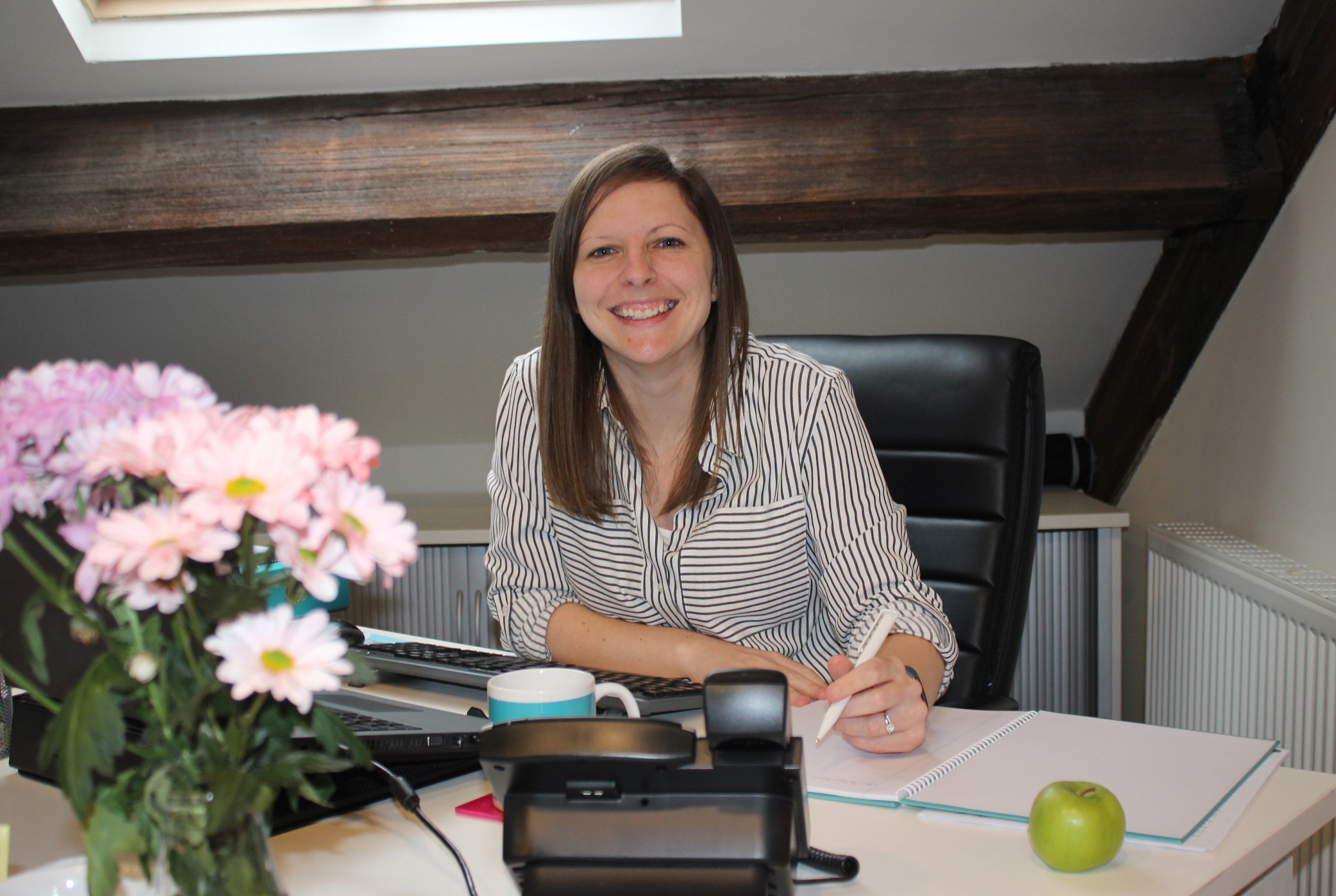As a modern-day marketer, content is king – and the multichannel methods used are critical in how to engage with customers in order to create lead generation opportunities.
A comms plan is an important part of building those online conversations and driving brand recognition, but it’s important to understand that it won’t be an overnight success – it takes time.
Why? Because it requires constant nurture and development, there needs to be analysis throughout and agility in adapting plans to suit what an audience is most engaging with, in order to maximise messaging. A well-worked plan is crucial in establishing how enterprises speak to customers and prospects, and can help towards achieving that vital piece of coverage in an influential trade publication.
It’s also worth noting that not every roadmap – whether for internal use, retained clients or new business – takes the same direction. So, it’s important that marketers research and work with their PR team, whether outsourced or in-house, beforehand to clearly understand what killer content elements to focus on. Hayley Paterson, account manager for Scriba PR tells us it’s a good place to start here…
1. Get an audit in place
Now, on first glance, this might not sound the most exciting thing in the world – but it’s one of the most important phases in your media toolkit.
This is where marketers and content creators get to conduct their ‘situation analysis’ or SWOT – strengths, weaknesses, opportunities and threats – and is the crux of where the research baby begins to take its first steps.
Don’t overlook this part either – gather information in several forms by speaking to customers online, using digital surveys, consistently measuring online and social media engagement and web traffic, conducting internal brainstorming sessions with the PR team, and analysing the organisation’s current crop of outgoing messages; from social media to email marketing, SMS to direct mail.
It’s a crucial step in gaining the intelligence to be able to begin building the right content that an audience wants to consume.
2. Underline objectives
Be realistic here (i.e. don’t say you want to get a billion new business leads from one piece of coverage because – although that would be remarkable – it’s still highly ridiculous).
Make sure the key aims are results-driven so they’re SMART – specific, measurable, achievable, realistic and time-focused). Does the marketing department want to drive people towards downloading a free guide on a tracked landing page? Or is ‘success’ measured on the amount of media coverage gained from its latest PR campaign? Set everything out and keep referring to those objectives while building out an effective comms plan.
3. Know the audience
Think of a photograph, who is the person that an individual looks for first? Themselves. So, treat customers that way too – put them on a pedestal, answer their questions and engage with them fully so they feel like they’re the only person in the digital room. Understand this, and marketers begin to build a stronger picture of who the ideal market is, which in turn helps them to generate effective ROI for the business.
Analyse the internal set-up first – note down the bread and butter of the firm (who are the employees and non-execs etc), and then think about further key targets such as stakeholders, external partners and media outlets to converse with… And don’t neglect the objectives!
What does the customer base want to see too? They often want positive news – now more than ever. But more importantly, consumers crave authenticity from brands and to feel like they’re speaking to another person that’s just like them.
So, deliver the content that will resonate with what an audience is interested in. Throughout the comms plan there should always be a healthy mix of:
- Human interest: such as a media story on a charitable fundraiser or a social post depicting a behind-the-scenes image of the company culture
- Thought leadership articles: to showcase the brand as a ‘go-to’ industry commentator in critical, highly-revered trade publications. Tips and advice can also be transformed into effective social posts
- Success stories: via press releases to the regional and national media covering the firm’s business growth and latest recruitment
- Guides and white papers: not as often – if marketers are new to these, maybe start with one every three months for the former and one a quarter/six months for the latter to begin with. Such collateral provides huge opportunities for social media engagement and e-comms content
- Visual elements: whether that’s videos, infographics, Insta carousels or powerful imagery – a strong bank of impactful pieces can really make brands stand out from the online noise
- Case studies: a great way to engage with customers and evidence how the organisation has helped them to achieve killer results. Focus on the background information, as well as the challenge and solution to really build up a strong picture for customers – and promote via social and e-comms
- Webinars/online sessions: delivered on a topic that the audience wants to hear about, and which ultimately answers their question, or upskills them in some way. Create a strong batch of titles that resonate but be prepared to adapt a plan to match customer demand. Also, see some as a chance to invite third party guests – such as retained clients – to add their weight to the debate
- Industry news: to populate social media content and showcase that the brand is staying ahead of the curve and is aware of trends.
Whilst the above are primarily for B2B audiences, for a B2C firm the likelihood of the focus will be geared towards promoting products to consumers. This will dictate the language used in press releases and thought leadership content alongside any subsequent events and campaigns that are rolled out. Ultimately, for any audience, it’s important to stay on top of trends and understand what kind of comms customers want to consume.
Overall, it’s perhaps important to work with a PR professional to ensure the comms plan is dynamic and enables the marketing team to see what’s working, and what isn’t.
Utilising multichannel methods further enables audience engagement and provides relevant information that can be fed into the sales team to transform a cold prospect into a hot lead.
It’s critical to always keep referring to what the audience wants to see so that an enterprise has the best chance of achieving the greatest results. If something is working, keep doing it and don’t be afraid to try things!
4. The evaluation
With the meat on the bones – in how, and when, to convey the right messages to an ideal target market – it’s vital to stress how proactive these strategies should be in order to generate the best possible ROI.
And here is where the measuring takes place – and truly a phase where marketers come into their own. After all, nobody likes to see hard work go to waste – and it’s pointless if no metrics are utilised on the back of all the tireless PR and martech activity.
Completing the comms jigsaw puzzle, factor in the time to compare results to the original goals set. That could be via daily social insights, weekly web traffic analysis and gathering monthly media coverage.
This shouldn’t be the point when comms folk and stakeholders alike feel disheartened either if things haven’t gone quite how a marketer thought they might have. If anything, something that’s not exactly hit the mark can help the team to hone its roadmap even further and tweak accordingly – to achieve better results in future.
And if there’s a B2C focus, again, take the principles from the above and tweak to suit. For example, tailor the audit analysis, set the right product-focused objectives, understand the audience and evaluate a range of visually engaging activity throughout – all of which puts products and services front-and-centre and relevant comms are aligned to consumer trends.
It’s important to remember that one size doesn’t fit all. What matters is to remain relevant, maintain a flexible approach, and invite feedback from in-house specialists and clients to evolve the comms plan.
This is a fun part of a business’s growth, so it should be reflected in the attention it’s given. Now’s the time for marketers to try things out, push boundaries (to a point), and don’t let the strategy stagnate.







